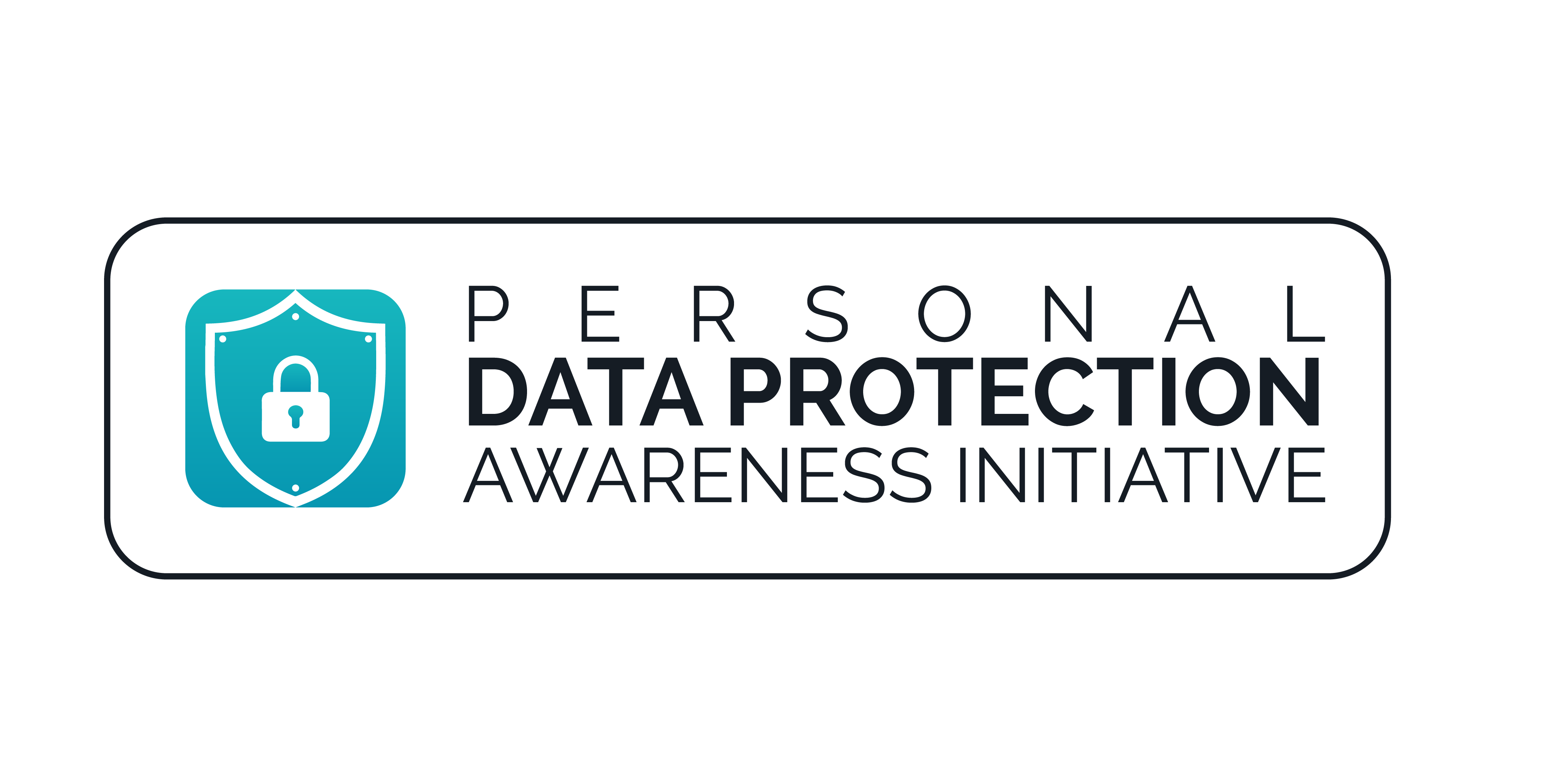
Best Practices for Employee Data Privacy in the Workplace
In the digital protection of employee data has become a fundamental aspect of corporate governance. Organizations must ensure that they comply with stringent data protection regulations, particularly the Nigeria Data Protection Act (NDPA). Effective employee data privacy management not only safeguards sensitive information but also fosters trust and compliance. This article explores best practices for maintaining employee data privacy in the workplace, ensuring legal compliance, and enhancing organizational security.
Legal and Regulatory Compliance
Organizations operating within Nigeria or outside Nigeria but processing the personal data of Nigerians must adhere to the NDPA, which mandates strict guidelines on the collection, processing, and storage of personal data. NDPA is built on core principles, including lawfulness, fairness, and transparency, which require employers to inform employees about the use of their personal data. Additionally, principles such as purpose limitation, data minimization, and confidentiality underscore the need to restrict data collection to essential information, ensuring that it is processed securely. Failure to comply with the NDPA can result in severe financial penalties, with fines reaching up to 10 million or 2% of an organization’s annual global turnover. Consequently, businesses must integrate compliance strategies into their human resource (HR) and information security policies.
Outside Nigeria, multinational companies must align their practices with the best practices stipulated in the Act especially as it relates to the transfer of personal data of employees across the border. Legal compliance requires continuous monitoring of regulatory changes, ensuring that companies remain updated on emerging obligations and best practices.
Data Collection and Processing Limitations
Employers must adopt a data minimization approach, collecting only essential information necessary for employment-related purposes. This includes identification details, contact information, and contractual employment records. Sensitive personal data, such as biometric details, health records, and private social media activity, should only be processed with explicit consent and a lawful basis. Regular audits should be conducted to ensure that data collection practices align with legal requirements and organizational needs. Minimizing data collection reduces exposure to potential breaches and strengthens overall privacy controls.
Additionally, organizations must establish clear guidelines on data processing. HR departments should document each instance of data processing, detailing the purpose, the data subjects involved, and the security measures in place. Employers should implement automated systems for managing employee records securely, ensuring that only relevant personnel can access sensitive information. Organizations should also establish a process for evaluating whether certain types of data processing require a Data Protection Impact Assessment (DPIA), as mandated under the Act.
Access Control and Security Measures
Implementing robust access control mechanisms is crucial in protecting employee data from unauthorized access. Organizations should adopt Role-Based Access Control (RBAC) to restrict access to personal records based on job functions. Multi-Factor Authentication (MFA) and encryption technologies should be used to secure HR systems, ensuring that sensitive data remains protected against cyber threats. Logging and monitoring all data access activities further enhance security by enabling organizations to detect and respond to potential breaches effectively.
Furthermore, organizations should conduct penetration testing and security audits to identify vulnerabilities in their systems. The use of artificial intelligence (AI) in monitoring and detecting suspicious activities can improve real-time threat detection. Companies should also implement endpoint security measures, such as anti-malware software and secure remote access protocols, to protect employee data from external threats. These technical measures must be complemented by administrative policies that limit data access to essential personnel only.
Transparency and Employee Consent
Transparency is a key principle under the Act, requiring employers to inform employees about how their personal data is being processed. Employers must provide clear privacy notices outlining data collection purposes, storage durations, and sharing policies. In cases where sensitive data, such as biometrics or health records, is involved, explicit consent must be obtained. Employees also have the right to access, rectify, or request the deletion of their personal data under the Act. Organizations should establish clear channels for employees to exercise these rights, reinforcing a culture of privacy and trust.
Companies should also adopt a privacy-by-design approach, integrating transparency mechanisms into HR software and employee portals. Automated consent management tools can help track when and how employees provide their consent for data processing. Employers should ensure that withdrawal of consent is as straightforward as granting it, empowering employees to exercise control over their personal information.
Secure Storage and Data Transfer Protocols
Securing employee data storage and transfer is paramount in preventing data breaches. Employers should utilize encrypted databases with strong password protection and implement Virtual Private Networks (VPNs) for secure remote access. Secure email encryption should be used when transmitting confidential employee information. Additionally, organizations must establish clear data retention policies to ensure that outdated records are securely deleted in compliance with legal requirements. Implementing automated retention and deletion mechanisms can further streamline compliance and data management processes.
Cloud-based data storage solutions must comply with industry standards, ensuring that employee data is protected by end-to-end encryption. Companies should conduct regular security audits of cloud service providers to verify compliance with data protection regulations. Additionally, secure file-sharing protocols should be established to prevent unauthorized data access when collaborating with external entities.
Employee Training and Awareness
Data privacy is not solely the responsibility of HR and IT departments; rather, it requires a company-wide approach. Regular training sessions should be conducted to educate employees on privacy best practices, including recognizing phishing attempts, safeguarding personal information, and using secure authentication methods. Organizations should implement annual data protection awareness programs and assess employee knowledge through simulated security scenarios. A well-informed workforce plays a critical role in preventing data breaches and ensuring compliance with privacy regulations.
Interactive workshops and gamified learning experiences can improve engagement in data privacy training. Organizations should also create easy-to-understand data protection guidelines, ensuring that all employees, regardless of technical background, can adhere to privacy best practices. Establishing an internal data protection task force can further reinforce privacy awareness across different departments.
Incident Response and Data Breach Management
Despite preventive measures, data breaches can still occur. A robust incident response plan is essential in mitigating potential risks. Organizations should establish a clear protocol for detecting and containing breaches, ensuring that affected employees and regulatory bodies are notified within 72 hours as required by the Act. Conducting post-incident audits and updating security measures based on lessons learned can further enhance resilience against future breaches. Regularly testing breach response strategies through cybersecurity drills can help organizations remain prepared for potential threats.
A strong incident response plan should include a dedicated crisis management team, clear communication protocols, and predefined containment strategies. Companies should also have insurance policies that cover cybersecurity risks, ensuring financial preparedness in the event of a breach.
Third-Party Vendor Risk Management
Many organizations outsource HR functions, including payroll processing and recruitment, to third-party vendors. To ensure data protection, organizations must conduct thorough risk assessments before sharing employee data with external providers. Data Processing Agreements (DPAs) should be established, clearly defining data security responsibilities in compliance with the Act. Regular audits and assessments of vendor security practices are necessary to mitigate risks associated with third-party data handling.
Employers should maintain an updated register of all third-party processors, documenting their compliance status and security measures. Contractual obligations must include data breach notification clauses, ensuring that vendors report incidents promptly. Businesses should also establish contingency plans in case of vendor data security failures.
Conclusion
Ensuring employee data privacy in the workplace is a multifaceted responsibility requiring a combination of legal compliance, robust security measures, and proactive employee engagement. Organizations must integrate data protection principles into their operations, from transparent data collection practices to stringent access controls and breach response strategies. By fostering a privacy-conscious culture, businesses can not only achieve regulatory compliance but also build trust with employees and stakeholders. As data privacy laws continue to evolve, companies must remain vigilant and adaptive, prioritizing the protection of employee information as a core business objective.



